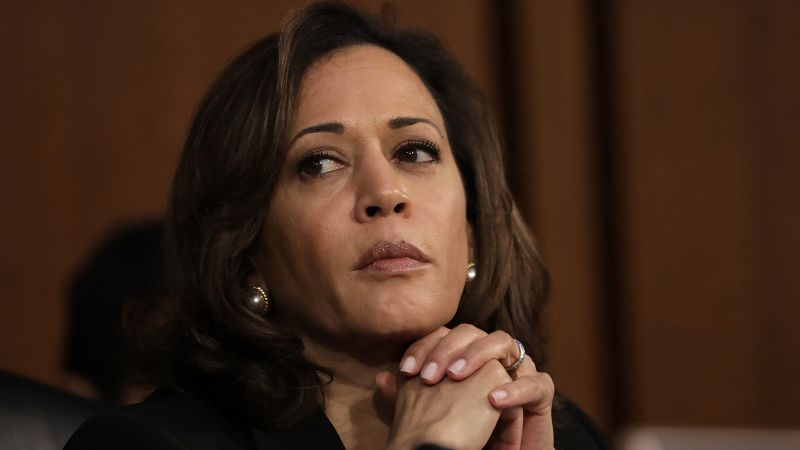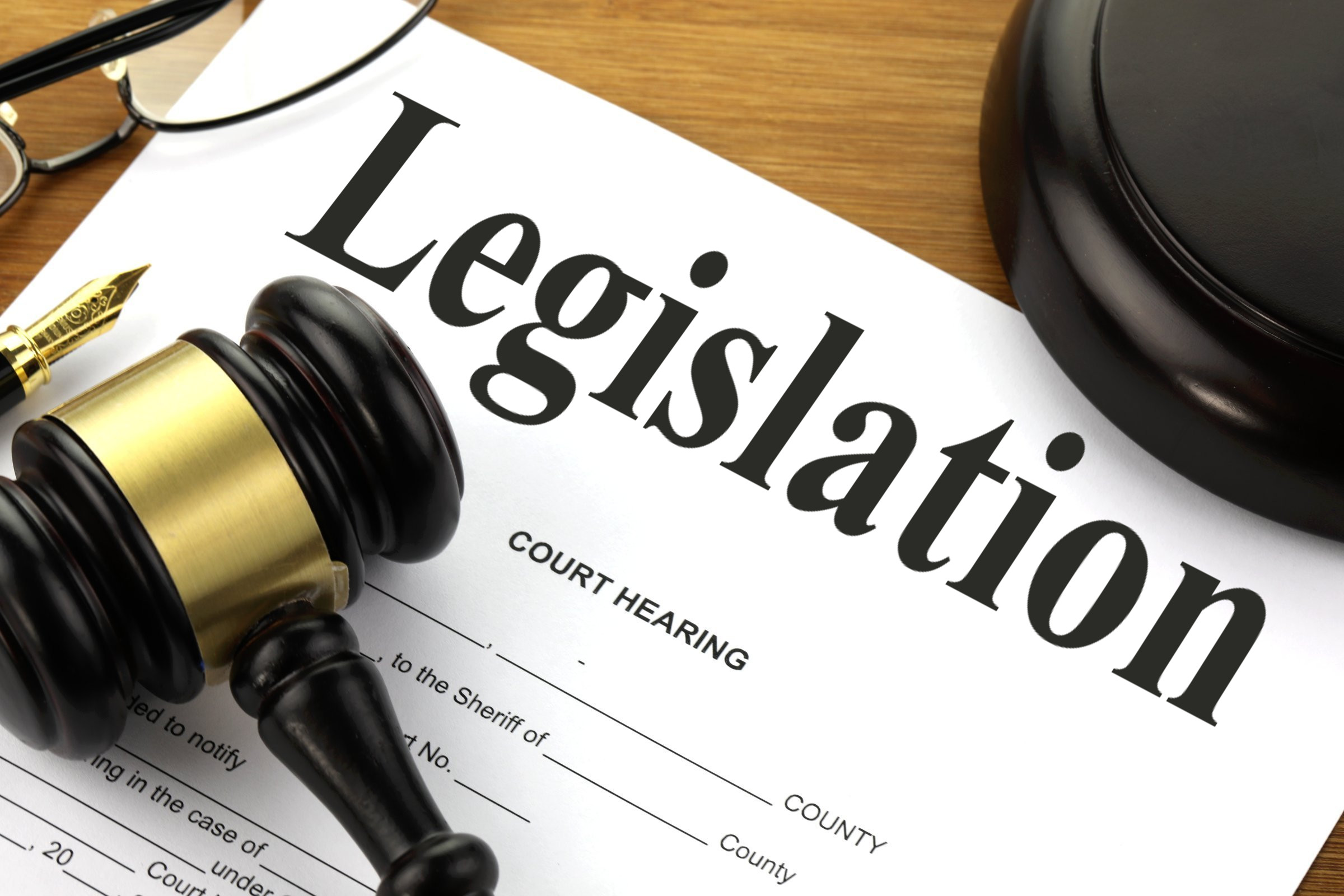In a time of increasing polarization, it is more important than ever to foster dialogue, understanding, and cooperation across political divides. Building a diverse political network and promoting bipartisan solutions not only helps strengthen democracy but also leads to more effective governance. Here’s a beginner-friendly guide to help you get started.
1. Understand the Value of Diverse Political Perspectives
Before building a network, it’s essential to recognize why political diversity matters. Exposure to different viewpoints can challenge your assumptions, sharpen your arguments, and lead to more inclusive and sustainable solutions. Bipartisanship doesn’t mean abandoning your values; it means collaborating for balanced progress.
2. Start with Self-Education
- Read books and articles from across the political spectrum.
- Follow reputable news sources that emphasize balanced reporting.
- Listen to political podcasts or attend virtual town halls to hear views from different sides.
By broadening your political literacy, you’ll better understand where people are coming from and how to engage them meaningfully.
3. Engage in Respectful Conversations
Start by talking with friends, family, or coworkers who may have different political opinions. Approach these discussions with curiosity rather than confrontation.
- Ask open-ended questions.
- Practice active listening without interrupting.
- Avoid labeling or judging.
Respectful dialogue builds trust and lays the foundation for productive collaboration.
4. Join Nonpartisan or Bipartisan Organizations
Several nonprofits and community groups are dedicated to bridging political divides. Joining them can connect you with like-minded individuals committed to civil discourse and problem-solving.
Examples include:
5. Attend Public Events and Forums
Town halls, community forums, and political debates are great places to meet people from different ideological backgrounds. Come prepared with thoughtful questions and a willingness to listen.
6. Use Social Media Constructively
Social media often amplifies division, but it can also be a tool for connection. Follow diverse voices, participate in bipartisan groups, and share content that promotes understanding and collaboration.
7. Invite Diverse Opinions in Your Projects or Initiatives
If you’re working on a project or volunteers in civic affairs, actively seek out participants with varying political views. Their input may challenge your assumptions and help create more well-rounded, inclusive outcomes.
8. Focus on Shared Values and Common Goals
Despite political differences, most people want their communities to thrive. Emphasize themes like public safety, quality education, economic growth, and healthcare access—issues that transcend party lines and foster unity.
9. Practice Patience and Consistency
Bridging political divides takes time. Be patient with yourself and others. Celebrate small victories—like a constructive conversation—as steps toward larger change.
10. Encourage and Model Bipartisanship
Lead by example. When others see you working across the aisle with respect and integrity, they may be inspired to follow suit. Your actions can set a tone of cooperation in your community and beyond.
Conclusion
Building a diverse political network and encouraging bipartisan solutions is not just for politicians or activists—it’s for each one of us. By listening, learning, and connecting across divides, we can build a healthier, more resilient democracy. Start small, remain open, and keep the conversation going.





